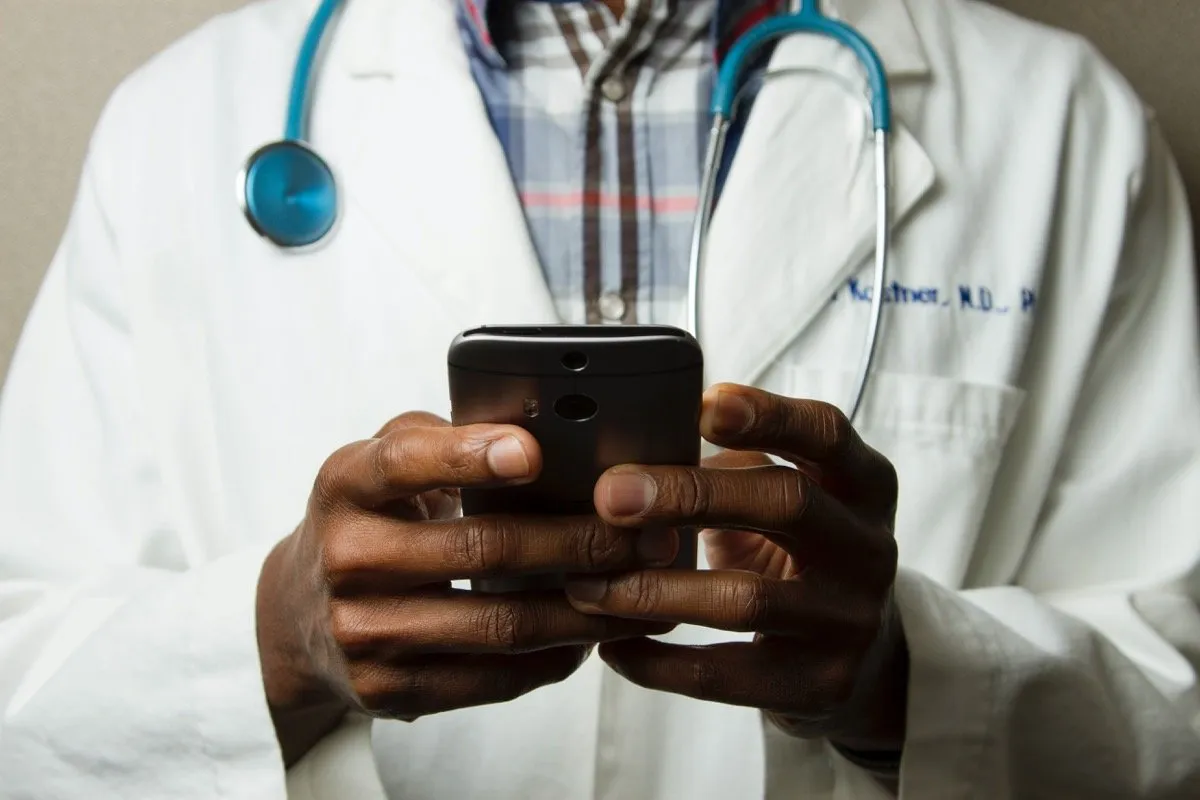The role of the medical affairs team has grown in recent years. Medical affairs today serves as an important node in a network of healthcare professionals, patients and numerous other stakeholders.
As that network grows in size and complexity, everyone benefits from the symbiotic partnerships between regulators and MA professionals. Below is an overview of how those industry-government partnerships are navigating these changes.
Medical Affairs’ Role in an Information-Rich World
Any discussion of the regulatory environment in which medical affairs is embedded must begin with the fact that many more stakeholders have access to an unparalleled volume of information. Patients can research their conditions, patient advocates have databases full of patient-experience information, and care providers have more information than they can make sense of.
In many ways, medical affairs’ job is to help make sense of all that information. MA teams work to understand what insights are verifiable and relevant (and to whom).
One major aspect of that work is to talk healthcare providers (HCPs) through the science behind a given treatment, but of course only when the request for information is unsolicited. That’s where the firewall between commercial teams and scientific teams must exist in this sector.
In 2011, the FDA’s guidance on off-label drug use acknowledged that HCPs may very well need to reach out to a medical affairs team to learn more about the risks and benefits of such a use. “Disseminating off-label information in compliance with the Unsolicited Requests Draft Guidance appears to create a safe harbor for a drug or device manufacturer,” Maurice A. Bellan and Chia-Feng Lu at law firm Baker McKenzie write.
This is a good example of how industry and government can work together in the common interests of patient outcomes. As healthcare providers continue to seek out new opportunities for patient treatments, medical affairs professionals can objectively help them navigate the pharmaceutical options available to them. Regulators recognize the importance of this kind of scientific exchange.

New Tools Have Emerged to Assist Regulators and MA
The evolving relationships medical affairs has with medical and scientific key opinion leaders (KOLs) and patient advocacy community leaders creates new questions. For example, how can pharmaceutical companies advise these stakeholders while being mindful of compliance?
Gloria Hall at Regulatory Focus writes how guidance and tools in addition to those the FDA provides have been helpful for everyone in the industry. Those include:
- PhRMA’s Code on Interactions With Health Care Professionals.
- The Medical Science Liaison Society’s Guidelines for MSL Activities.
At a global level, all stakeholders are looking for ways to facilitate scientific exchange locally and across borders in a way that maintains the independence of research from commercial concerns.
That’s when the need for software interoperability intersects with regulatory matters. “When different systems […] are used to capture insights it can be difficult for the organization to look collectively across countries and develop impactful reporting and action plans,” Erin O’Hare at Two Labs writes for PharmExec.com.
“In addition, a variety of local systems limit an organization’s ability to invest more effectively in a universal system that can be used across the organization. As a best practice, agile Global systems should be used and adapted quickly to meet Global and Local needs.”

The Emerging Frontiers of Medical Affairs
Meanwhile, rapid developments are impacting how medical affairs professionals interact with stakeholders and share insights.
Viraj Deodatta Rajadhyaksha at AstraZeneca highlighted some of these developments in a June 2020 paper. Those developments include an industry-wide embrace of virtual engagements during the COVID-19 pandemic and a general broadening of scientific interest among HCPs.
“With the COVID-19 epidemic, HCPs who have been often focused only on their areas of specialty and interest are likely to start showing interest in getting updates on information beyond a particular class of medications and therapy areas,” Rajadhyaksha writes.
“This is because of the effects that COVID-19 has had on various systems in the body, risk of comorbidity and how the treatment of comorbidities and other illnesses may need to be modified because of the prevailing situation.”
As such, HCPs are even more acutely aware of how various factors influence patient outcomes, and they are turning to technologies like virtual conferences to learn as much as they can. Those emerging technologies could shape the future of scientific exchange.
Looking ahead to the latter half of the 2020s, Mary Alice Dwyer, U.S. vice president at the consultancy Synetic Life Sciences, imagines a world in which augmented reality is used in education and training, and automation will have radically altered an MA professional’s workflows.
“Medical Affairs will be utilizing digital to create websites that create unique opportunities to engage HCPs and patients,” she writes. “Medical Affairs will be a trusted source of information, providing education and optimizing knowledge transfer.”
It’s against this backdrop that the relationship between regulators and medical affairs will evolve. Progress and innovation are happening quickly, and that’s what makes this such an exciting time to work in medical affairs.
Images by: National Cancer Institute, Dylan Gillis, Chris Montgomery
